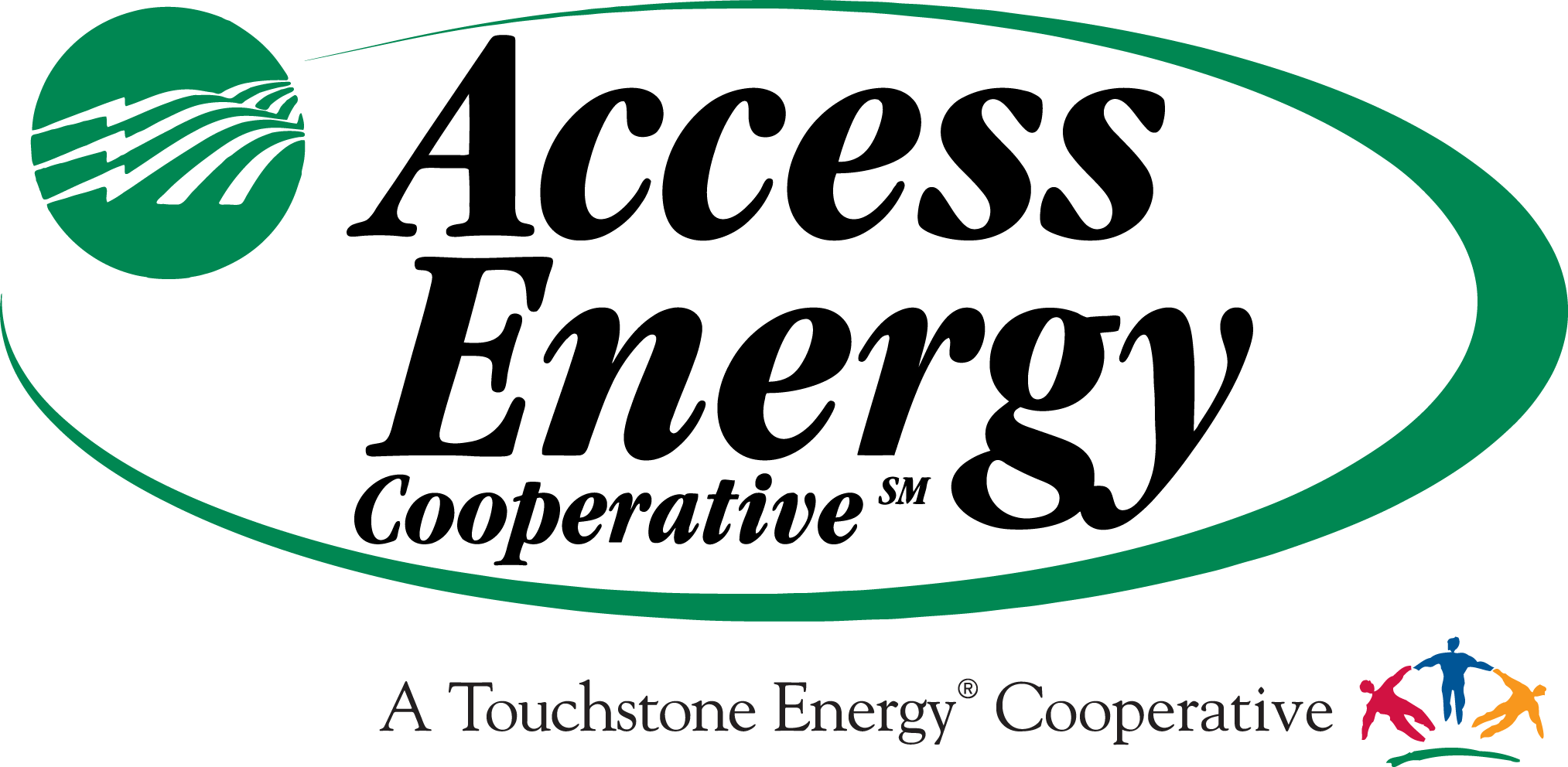Source: Questline
Electric-powered airplanes may someday soon be landing at an airport near you. A global race is on to develop electric aircraft. There are 170 electric airplane development projects underway worldwide, according to a 2021 report by the National Renewable Energy Laboratory (NREL).
Electric aircraft in development range from smaller training or cargo planes to somewhat larger aircraft designed to carry passengers. Aircraft are either all-electric or hybrid-electric. All-electric aircraft are driven solely by electric motors powered by rechargeable batteries. Hybrid models are fueled by some combination of combustion engines and battery power.
Benefits of electric aircraft
Why so much interest in electrifying air travel? Electric airplanes offer a number of potential benefits compared to conventional aircraft:
- Lower fuel costs. A NASA study found that electric airplanes are more fuel-efficient. Up to two-thirds of the energy consumed by traditional aircraft is exhausted from the tailpipe, while electric motors use up to 95% of battery power to turn propellers.
- Reduced emissions. Aviation produces 3% of all carbon emissions, according to NASA. By electrifying aircraft and reducing energy consumption, carbon and other harmful emissions will be reduced.
- Reduced noise. Electric motors run quieter than conventional aircraft engines. Studies by Collins Aerospace and United Technologies Corporation indicate that hybrid-electric and electric propulsion could reduce aircraft noise by up to 85%.
- Less maintenance. Electric motors have fewer moving parts than fossil-fueled engines, potentially reducing maintenance issues and repair costs.
Electric air travel can provide a number of additional potential benefits, according to the NREL report. These include economic development in smaller or regional markets, providing a means to quickly and cheaply carry passengers or cargo from smaller airports to larger ones. Electric aircraft can also increase the ability to provide critical community services, such as medivac and delivery of emergency supplies.
Making headway
Electric air travel is still in development commercially, but a number of projects around the country are making progress.
The X-57 Maxwell is an experimental all-electric plane currently being developed by NASA. The plane has two large electric cruise motors, as well as 12 smaller high-lift motors integrated into the wings, all powered by rechargeable lithium-ion batteries. NASA is currently preparing the X-57 for its first test flight. It's designed to prove that electric airplanes can lower fuel costs, reduce noise and cut emissions.
Harbour Air, a seaplane airline company based in Richmond, Canada, announced in 2019 that its entire fleet would be going electric. In August 2022, the company's De Havilland Beaver, a retrofitted seaplane with an all-electric drivetrain, completed its first point-to-point flight, a short trip from the Canadian mainland to Vancouver Island. Harbour Air plans to continue developing and testing the aircraft, with the goal of getting it certified by the U.S. Federal Aviation Administration and Transport Canada.
Los Angeles-based Ampaire is developing the hybrid-electric EEL airplane. The EEL is driven by a combustion engine and an independent electric drivetrain. In July 2022, the EEL completed a 1,135-mile nonstop flight from Los Angeles to Hays Airport in Kansas, the longest ever nonstop flight by a hybrid-electric aircraft, according to the company. Ampaire says the EEL achieved fuel savings of 40% compared to a similar standard aircraft.
Electric air transportation technology is changing rapidly. Keep your eye on the sky for the latest developments in electric aircraft.

